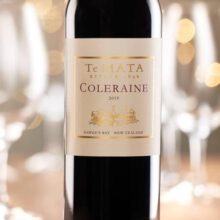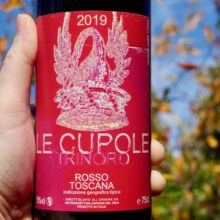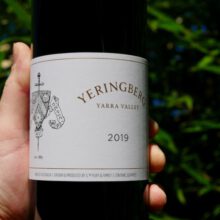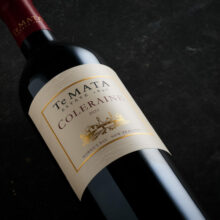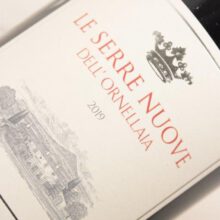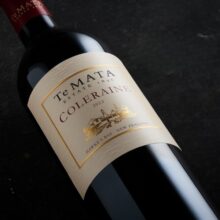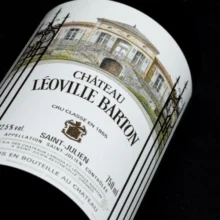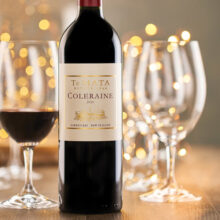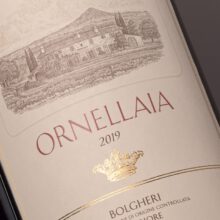
Red Wine
Bordeaux Blend
They vary considerably in their flavours, tannin profiles, and, most significantly the order in which they ripen. As a generalisation, the Left Bank, including the Medoc and Pessac-Léognan / Graves tend to use Cabernet as their backbone. The right bank, including, Pomerol and Saint-Émilion, Merlot as there backbone.
The below commentary on the varieties is a generalisation. Each of the varieties will express a little differently in each appellation, and, individual vineyards in the hands of mother nature, and, the vignerons and winemakers of the Château.
Cabernet Sauvignon
The backbone of the warmer left bank, the later ripening Cabernet Sauvignon has long linear tannins that run the length of your palate. It is responsible for those blackcurrant / cassis fruits, and, is the only variety that produces methoxypyrazines responsible for the herbaceous, vegetal, grassy, capsicum aroma. Sauvignon Blanc is the other notable variety to produce methoxypyrazines. These flavours and aromas decrease through the exposure of the fruit to heat and sun.
Extended post-fermentation maceration is near universal for the variety in Bordeaux. The process where the wine is left in contact with the skins following the completion of the alcoholic fermentation. This allows the slow introduction of oxygen and it’s interaction with the soup of tannins in the wine. It softens and lengthens tannins, develops the fruit characteristics, and, introduces a second layer of aromas and flavours, flowers, violets, earthiness and beyond.
At Yarra Yering we’d look for flowers, and, a pencil shaving character to indicate the best time to press the wine. The pencil shaving character was short-lived, a sign of early oxidation and the wine would immediately freshen on pressing. The feel of the cap of skins would also be a helpful indicator that the post-fermentation maceration was almost at its end. Texture being the obvious final factor.
Merlot
The backbone of the cooler right bank wine, the earlier ripening Merlot, has softer, more supple tannins, less overt fruit characters than Cabernet Sauvignon, showing more restraint. Again, it benefits from extended post-fermentation maceration.
In Australia, large plantings of Merlot were actually incorrectly identified Cabernet Franc!
Cabernet Franc
Cabernet Franc in Australia is often referred to as a weed! It tends to make insipid wines lacking depth and importance. In Bordeaux it can be something special, anyone who’s had a good bottle of Cheval Blanc will know what I’m talking about. Earlier ripening, it tends to have softer suppler tannins like Merlot, and, be framed with slightly rawer tannins.
Malbec
Malbec is perhaps the broadest in fruit characters, richness, and, generosity, adding, a lovely spice to the wines.
Petit Verdot
The little green one is the last to ripen and is typically a very small component in any Bordeaux blend. As the name suggests it is known for its acidity. Again extended post-fermentation maceration is key to releasing a lovely perfume and softening the tannins.
